A healthy and sustainable diet with the Wheel of Five

















The Wheel of Five helps you achieve a healthier and more sustainable diet. We have worked out which food products are good for your health and which products give you enough energy as well as the nutrients your body needs. This is crucial to your health, both now and in the future.
We also show you how to eat sustainably, meaning in a way that is better for the environment. This is because everything we eat and drink has an impact on our planet. By making certain choices, you can lower your impact. These choices include eating more plant-based food and not too much meat, paying attention to quality labels on products and wasting as little food as possible.
A quality label can help you choose more sustainable products. There are 12 certified quality labels in the Netherlands. To find out if a food has a quality label, just look for the logo on the packaging.



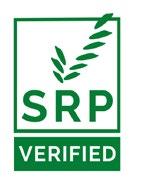




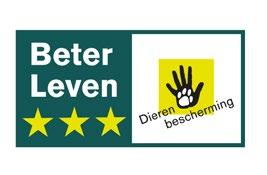


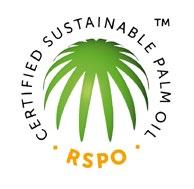
water, tea and coffee
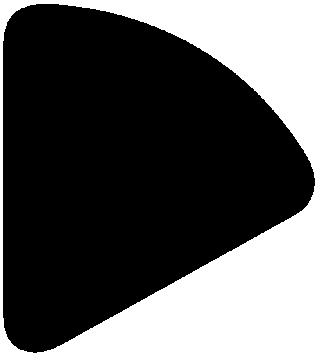
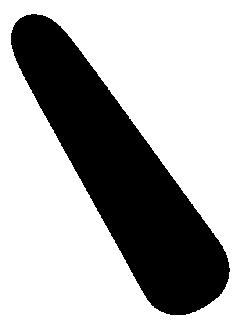
vegetables and fruit
oils and fats
legumes, nuts, fish, eggs, meat,and dairy (alternatives) breads, grain/cereal products and potatoes
The Wheel of Five consists of 5 food groups full of delicious products. Eat from each food group every day, while alternating between products. Each food group includes different foods, and each type of food contains different nutrients your body needs.
Everyone can use the Wheel of Five in their own way. Whatever your palate, preferences or cultural background – whether you prefer potatoes, vegetables and meat or a curry, stuffed aubergine, lentil stew or fried rice – the Wheel of Five provides options for everyone.
The Wheel of Five also provides a good foundation for healthy eating if you suffer from a disease or condition, such as type 2 diabetes or cardiovascular disease. If you have an intolerance to certain types of products, such as dairy or gluten, a dietician can help you make different choices.
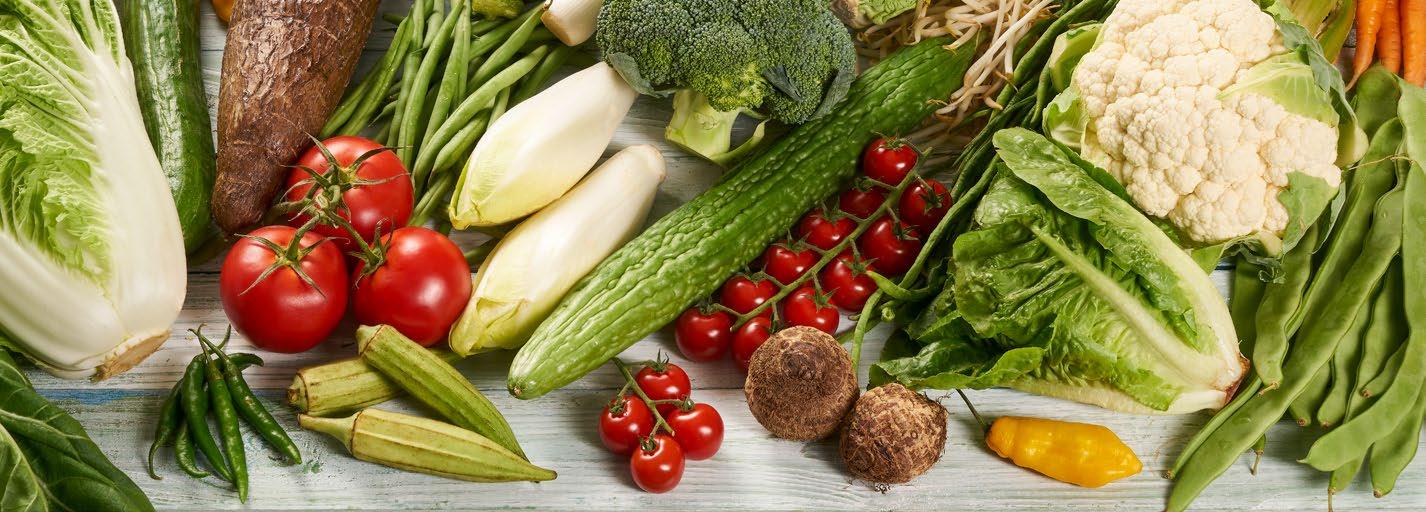




This food group offers a wide range of choices: the Wheel of Five includes almost every type of fruit and vegetables. Not only are they good for you, they are also delicious – plain and simple. If you want to make sustainable choices, keep an eye out for sustainable quality labels, such as On the way to PlanetProof, Organic (Biologisch) and Rainforest Alliance. You can also make climate-friendly choices by paying attention to the season.

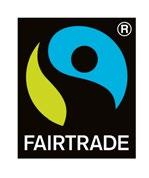
Choose fruit and vegetables grown in open fields, plastic tunnels or an unheated greenhouse. These crops put less strain on the climate than vegetables or fruit grown in a heated greenhouse that consumes a lot of energy. This applies to fruit and vegetables from the Netherlands, but also to products from abroad that have not been shipped by air. To find out more, go to www.voedingscentrum.nl/duurzaamgroentefruit
The Wheel of Five includes fresh and precut vegetables, frozen vegetables and vegetables in tins and jars (without added sugar and salt). We recommend consuming at least 250 grams of vegetables daily. These 250 grams only include the vegetables as you eat them, so raw or cooked, for example.
Whether you already love vegetables or find it difficult to eat enough vegetables: eating more vegetables is always a good idea. These tips can help you do so:
If you have prepared vegetables separately for dinner, serve them first and make sure they fill half of your plate. If a dish includes or incorporates vegetables, make sure to add more vegetables than you normally would. That way, the vegetables will automatically take centre stage!
Vegetables can be prepared in a lot of different ways. They can be used in pasta sauces, curries or stews. They can also be eaten raw in a salad, boiled or stir-fried. Why not try out something new?
Vegetables can be enjoyed throughout the day and with every meal – not just dinner. It can be as simple as including slices of cucumber or tomato on your sandwich or snacking on some carrots or slices of bell pepper. This is an easy way of including 50 grams of vegetables into your diet.
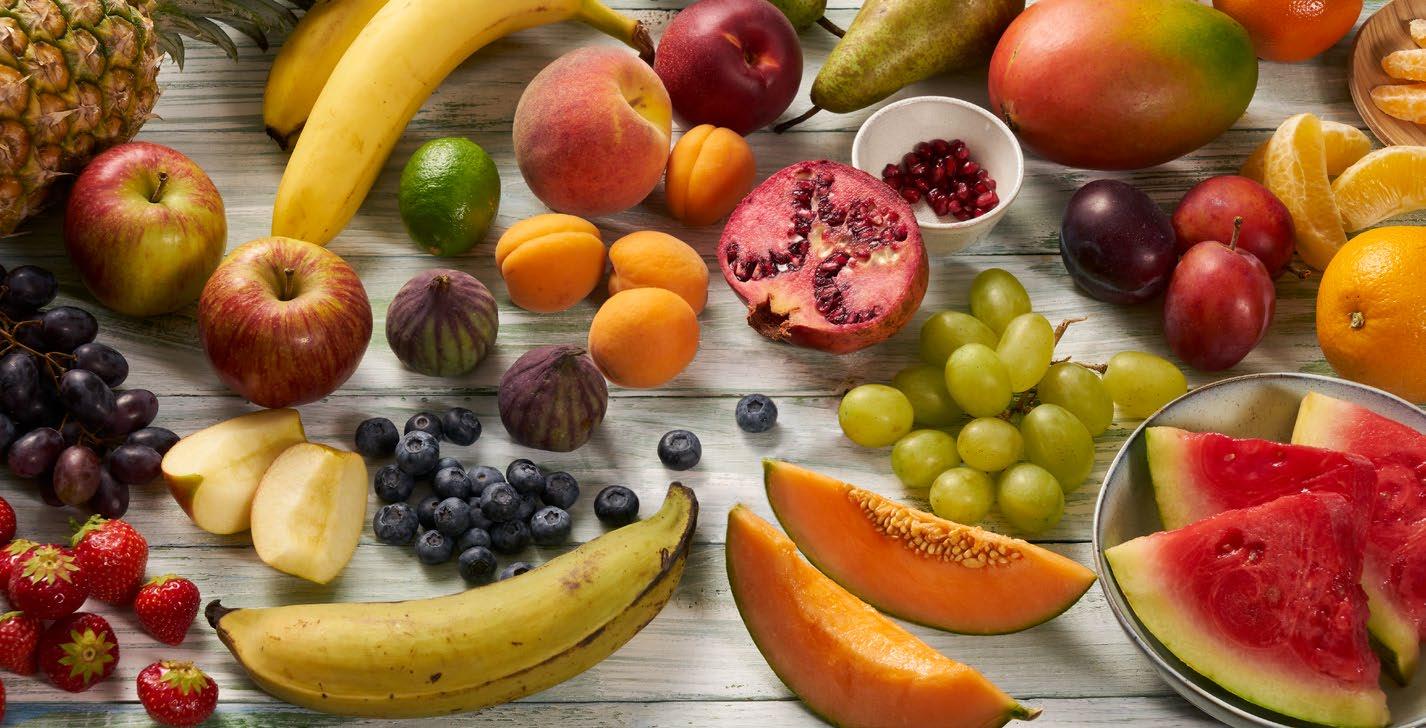
The Wheel of Five includes fresh and precut fruit alongside frozen fruit. You can also opt for dried fruit (with no added sugar), but no more than a handful per day, as dried fruit contains a lot of sugar.
We recommend eating 2 servings of fruit daily. One serving is roughly 100 grams. Examples of a serving include 1 apple, 2 tangerines or a bowl of grapes. Choosing different types of fruit means you get all the nutrients you need from fruit.
Eating fruit whole is better than drinking fruit in liquid form. Fruit juices and smoothies often contain less fibre and nutrients, but a lot of sugar (and therefore calories). On top of that, they are also less filling, because juices and smoothies go down far quicker than if you were to eat the same amount of fruit.
Want to include more fruit in your diet? Here are some useful tips:
Fruit is easy to eat, no matter the time and place. Slices of apple or banana are great on a slice of bread, mixed into some yoghurt or even just as a snack. Fruit is equally delicious in certain cooked dishes. Adding an apple to Brussels sprouts or an orange into your rice tastes great.
You will automatically eat more fruit if it is somewhere within easy reach and sight, such as a full bowl of fruit on the dining table at home or a piece of fruit placed on your desk at work.
There are so many kinds of fruit to choose from. If you are unsure what to choose, why not just buy whatever fruit is on discount or choose a type of fruit you are not yet familiar with. This is a great way to discover new flavours.




This food group is all about wholemeal products, such as wholemeal bread, pasta and couscous and brown rice. Wholemeal products are packed with fibre and nutrients, such as iron and B vitamins. In other words, these products are good for your body! On top of that, wholemeal products use the entire grain, which means that there is less waste compared to refined (white) varieties. Healthy and sustainable!
If you are used to eating a lot of refined (white) grain products, such as white bread or white rice, replacing them with wholemeal varieties is better for your health! Fancy giving it a try? Here are 3 tips:
You do not need to replace all your refined grain products at once. Instead, take a step-by-step approach. Start by having whole grain oats for breakfast, a whole wheat sandwich for lunch or a whole wheat wrap for dinner.
We realise that wholemeal tastes different to refined (white) products, and that can take some getting used to. Just give it some time – and keep trying even if you do not like it right away.
There is so much to choose from in this food group, ranging from whole wheat lasagne sheets to whole wheat noodles. You will quickly discover how versatile wholemeal can be, for example, by serving a different product at dinner every day.
Potatoes are also included in this food group, as they provide a lot of beneficial nutrients.
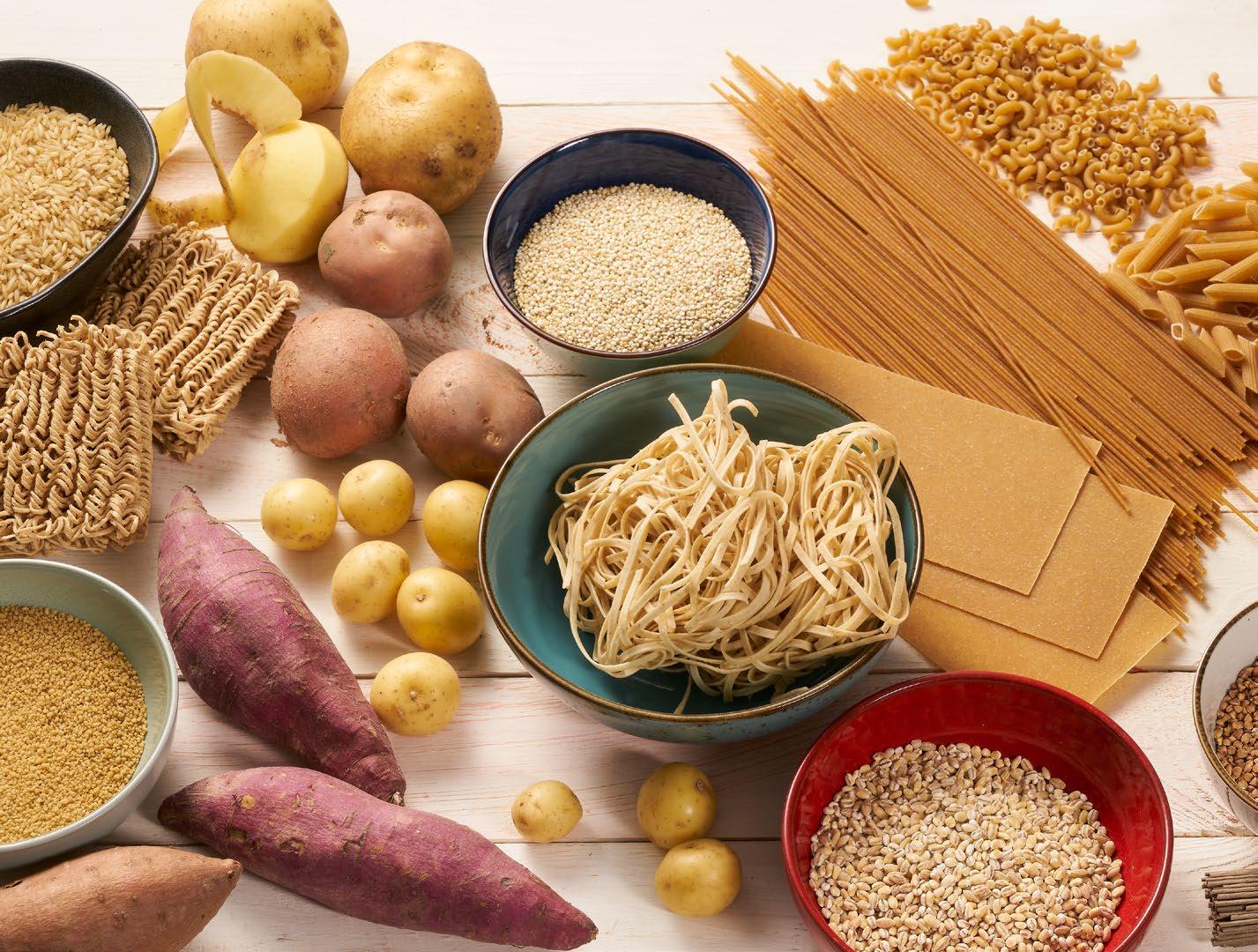



This food group is jam-packed with both plant- and animal-based protein sources. Below, we will walk you through the different products in a few steps. We will explain how they affect your health and how you can make choices that are better for the environment.
If you eat a lot of plant-based products and not a lot of meat, you are doing yourself as well as the environment a favour. Eating a lot of meat is very harmful the environment. It is also not good for your health. That is why your diet should include no more than 500 grams of meat per week, and no more than 300 grams of red meat. That includes meat products like cold cuts. Instead of meat, you can eat legumes, unsalted nuts, tofu, tempeh and eggs. Be sure to alternate between these products. If you do eat meat, you can choose more sustainable options by looking for quality labels like European Organic or EKO.


If you are after a healthy diet, it is good to eat legumes at least once a week anyway. Also known as pulses, these include brown, white and black beans, chickpeas and lentils. Legumes lower LDL cholesterol, which is good for your blood vessels.
We also recommend to eat fish once a week – preferably fatty fish, such as salmon, herring or sardines. Doing so is beneficial to your heart and blood vessels. If you want to make sustainable choices, keep an eye out for the MSC and ASC quality labels.
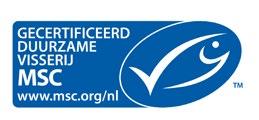

You can do your body another favour by eating a handful of unsalted nuts a day (25 grams). This gives you a good amount of unsaturated fats, which help keep your blood vessels healthy. All varieties of unsalted nuts are good for you. If you want to make sustainable choices, go for peanuts, hazelnuts and walnuts.



This food group also includes semi-skimmed and low-fat dairy products, such as milk, yoghurt, quark and cheese. Certain plantbased dairy alternatives are included in the Wheel of Five too.
Dairy is an important source of protein, calcium and vitamins B2 and B12. However, dairy does have a significant environmental impact. That is why we recommend taking the middle ground, which means including the recommended amount of dairy in your diet for the health benefits and nutrients you need – but no more than that. For adults up to the age of 50, this means 2–3 small portions of milk or yogurt and 40 grams of cheese per day. If you want to make sustainable choices, go for dairy with a quality label, such as European Organic or On the way to PlanetProof.


You can also opt for certain plant-based dairy alternatives enriched with the same nutrients you would find in dairy, such as soya drinks and yoghurts with added calcium and vitamins B2 and B12. These products have a smaller environmental footprint than dairy products. Whether plant-based dairy alternatives offer any long-term benefits for your health has not yet been sufficiently researched.



Fats are a key nutrient and fuel source for the body. This food group features low-fat margarine, oil – such as olive oil and sunflower oil – and soft and liquid margarine and fats used for baking and frying. These products contain a lot of unsaturated fats and are a good source of vitamins A, D and E. Oil only contains vitamin E.
Saturated fats are harmful to your heart and blood vessels. Butter and coconut oil are examples of products that contain a lot of saturated fat. Coconut oil is actually coconut fat and contains the most saturated fat of all fats and oils.
Therefore, you are better off spreading margarine or low-fat margarine on your sandwich – both of which also have a lower climate impact than butter.



Your body needs hydration. That is why you should drink 1.5 to 2 litres a day. This food group includes healthy thirst quenchers such as water, tea and coffee (without sugar). If you want to make sustainable choices, look for tea and coffee with quality labels such as Rainforest Alliance and Fairtrade.

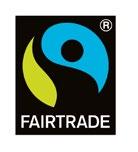
Tap water is a good and sustainable thirst quencher. It is cheap, does not erode your teeth and does not contain any calories. On top of that, drinking 3 cups of black or green tea a day is good for your blood pressure. The Wheel of Five also includes filtered coffee.
Soft drinks, juices (including fruit juices) and alcohol are not good for you. They often contain a lot of calories and are bad for your teeth. In addition, they also have an unnecessarily harmful impact on the environment due to factory production, their packaging and transport.
If you want to switch to healthier drinks or if you should drink more, here are 3 tips that can help:
If you are not used to drinking water, tea or coffee, try making the transition easier on yourself. Start by swapping out your favourite drink for a change. For example, you could have a glass of water with a slice of orange instead of orange juice. You might find it useful to pair drinks with certain fixed times in the day. For example, having a cup of tea at breakfast, a glass of water with dinner or a cup of coffee after shopping for groceries will quickly establish a new routine! Having a jug of water within easy reach and sight can be useful as well.
There is no shortage of variety where water, coffee and tea are concerned. Water can be jazzed up with herbs, spices, vegetables or fruit, such as ginger and lemon or cucumber and mint. Or why not try sugar-free iced tea or spiced coffee with cardamom?

Do you only ever eat products that are included in the Wheel of Five? Probably not. But that is fine! If you predominantly eat foods that are in the Wheel of Five, there is still some flexibility to include products that are not in the Wheel.
Products are not included in the Wheel if they contain too much salt, sugar or saturated fat – or if they are low in fibre. This includes foods like biscuits, sweets, soft drinks and crisps, as well as sweet sandwich spreads, certain meats, pizza, custard, white bread, refined (white) pasta and white rice. Everyone knows that these products are not good for you, so have them in moderation (not too much and not too often). Pick a deliberate time to treat yourself and really enjoy it.
Eating and drinking fewer products that are bad for you is also better for the environment. This is because these products have

We have developed a lot of useful free apps and other digital tools to help you choose healthy and sustainable foods. Find out which one works for you!
Scan the QR code to go directly to the Netherlands Nutrition Centre’s apps and tools page.

a harmful impact on the environment due to the fact that they have to be manufactured, processed, packaged and transported.
It is okay to choose something small from outside the Wheel 3 to 5 times a day – we call this a daily option. This could be anything from a small biscuit to an ice lolly, jam on toast or a tablespoon of tomato ketchup. Big eaters, like growing teens, can have up to 5 servings. People with a smaller appetite should have no more than 3–4 servings.

A weekly option is more substantial and could be a croissant, a piece of cake, a packet of crisps, a soft drink or a frozen pizza. You can choose to include these foods every week, but you should stick to a maximum of 3 servings per week – and the servings should not be too big.
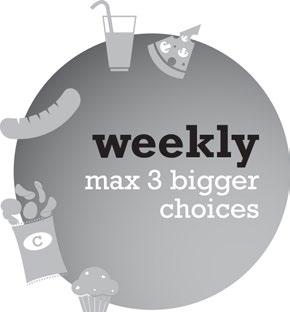
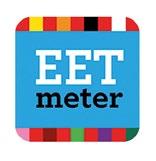


My Food-o-meter (Mijn Eetmeter): this online food diary helps you keep track of what you eat and drink each day.
My Wheel of Five tool (Schijf van Vijf voor jou-tool): complete it and find out what and how much you can eat per day. You will also receive 10 customised daily menus.

Healthy Choices (Kies Ik Gezond?) app: this app can be used to scan or look up products and instantly tells you whether they are in the Wheel of Five.
Got an appetite? We have a wide range of delicious, healthy recipes that showcase the products of the Wheel of Five.
Why not go to our website www.voedingscentrum.nl/ recepten and take your pick from almost 2.000 recipes? You can also sign up for the Menu of the Week or our Vegetarian Favourites.

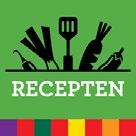
Go to the App or Play Store to download our free recipe app ‘Slim Koken’. The app can be used to search for recipes as well as to put together a weekly menu or shopping list.
Check out our YouTube channel www.youtube.com/ voedingscentrum for lots of inspiring videos.
You can also follow us on our social media channels Instagram, Facebook and TikTok.



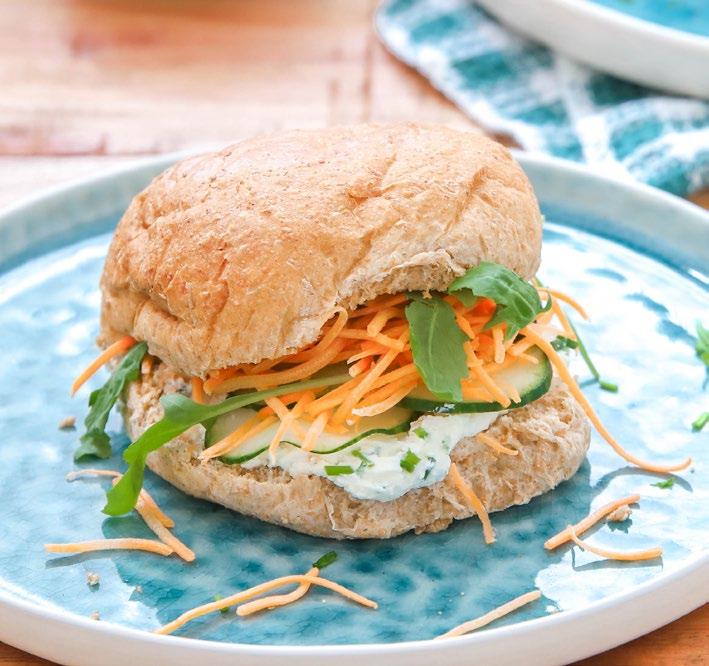

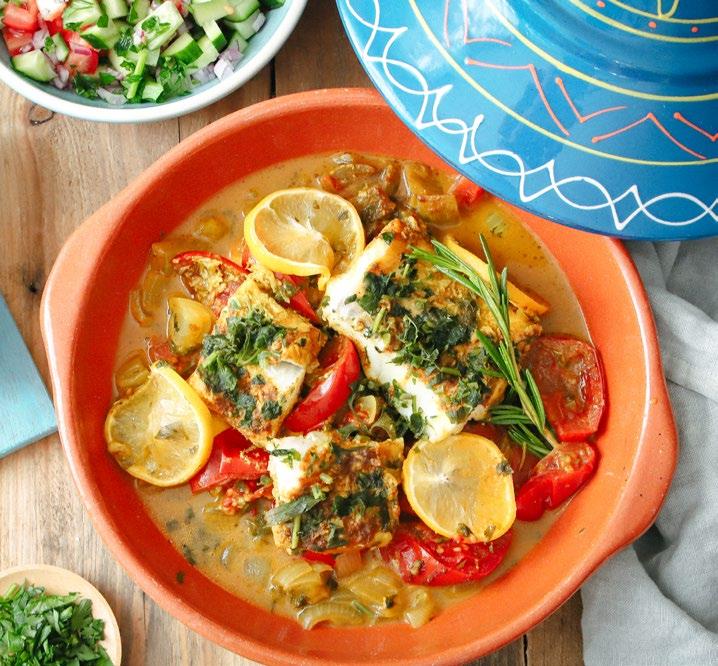

Have lots of fruits and vegetables and be sure to go for climate-friendly options.


Choose wholemeal products, such as wholemeal bread, pasta and couscous and brown rice.
Have a handful of unsalted nuts every day. Peanuts, hazelnuts and walnuts are all sustainable choices.
Choose variety and opt mainly for plant-based products, like legumes, nuts, tofu and tempeh. Furthermore, take fish once a week, eggs and not too much meat.
Get enough dairy – but no more than the recommended amounts. Think milk, yoghurt and cheese. Alternatively, opt for fortified soya drinks and yoghurts.
Choose sugar-free beverages like tap water, tea and coffee. Tap water is the most sustainable way to quench your thirst.
Use soft and liquid oils and fats as spreads or for cooking.
Eat the recommended amounts from each food group on the Wheel of Five every day, and be sure to choose a variety of options from each group.